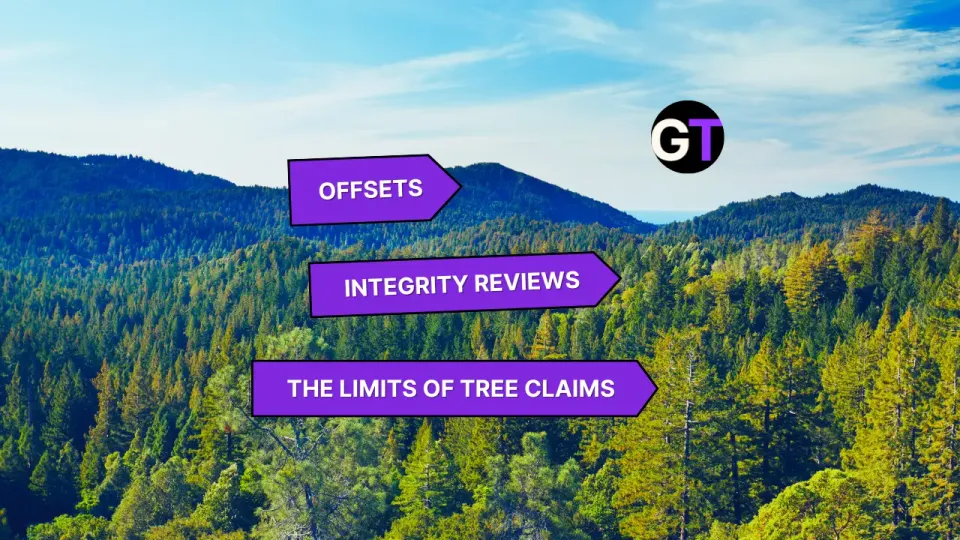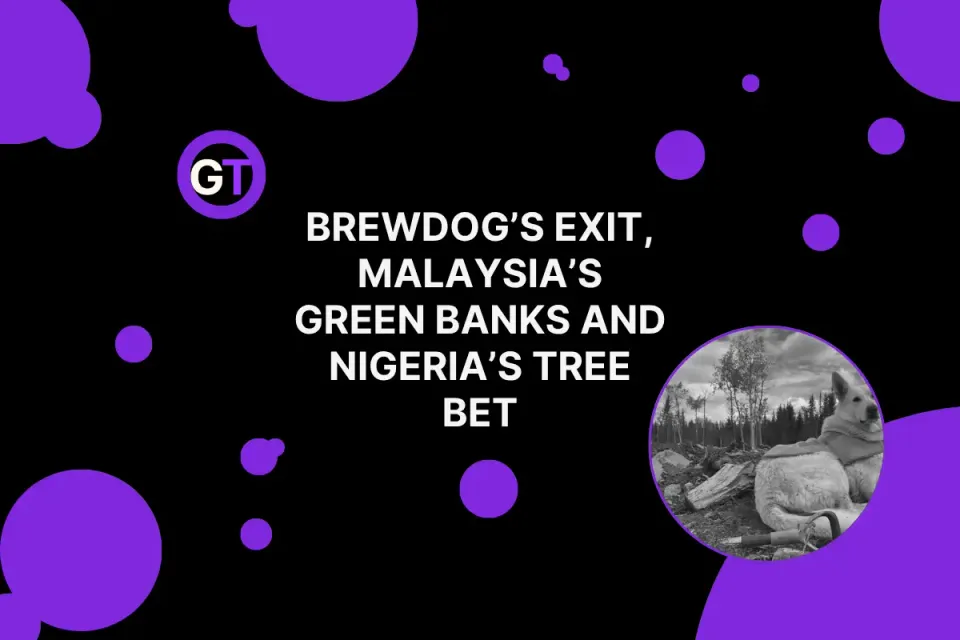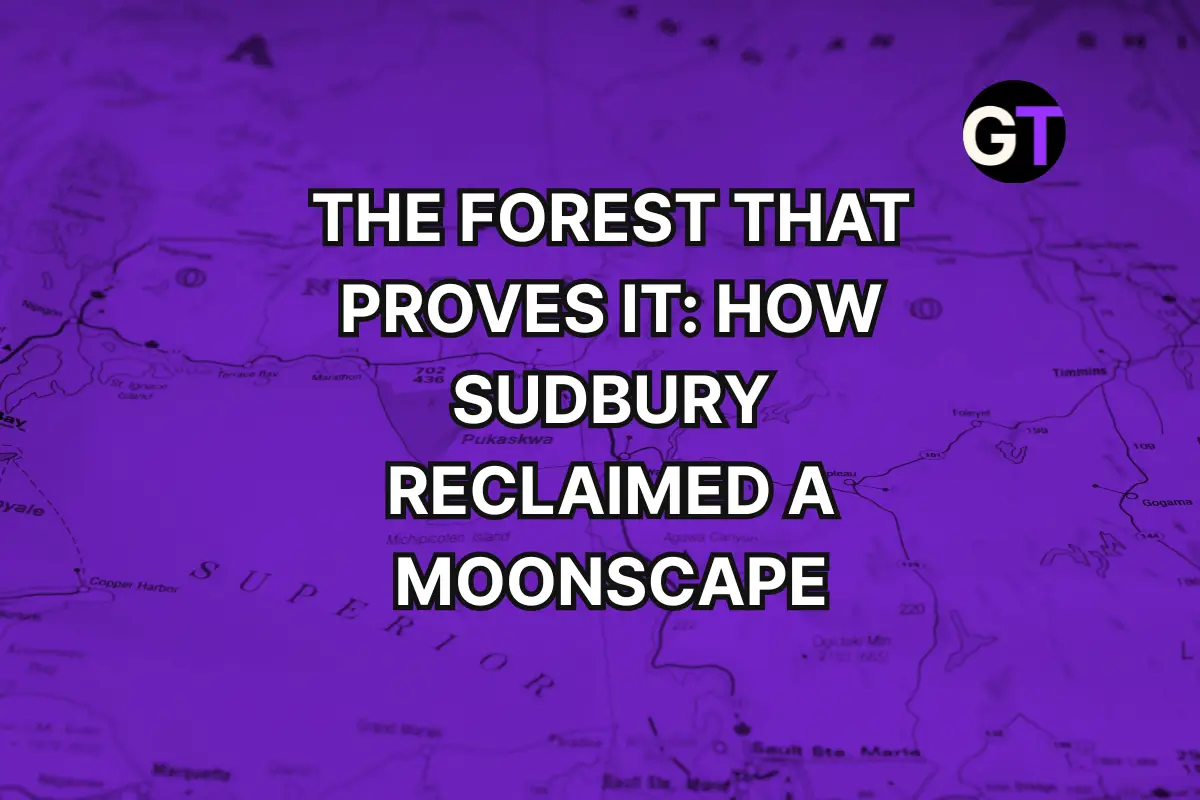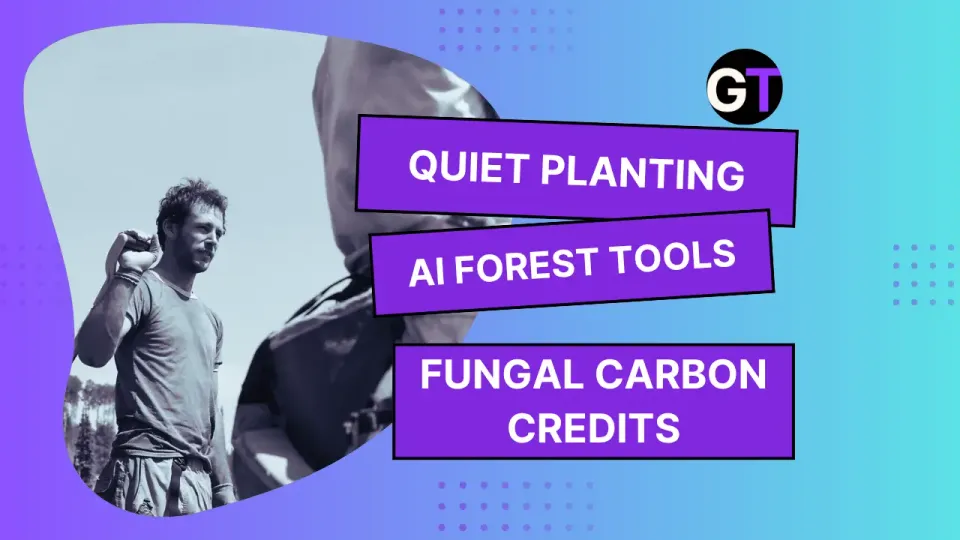Mayan Maps, Missing Data and the Price of Planting Trees
From Mayan jungle borders to global planting claims, new tools are exposing the cracks in reforestation data and the maps meant to guide it.
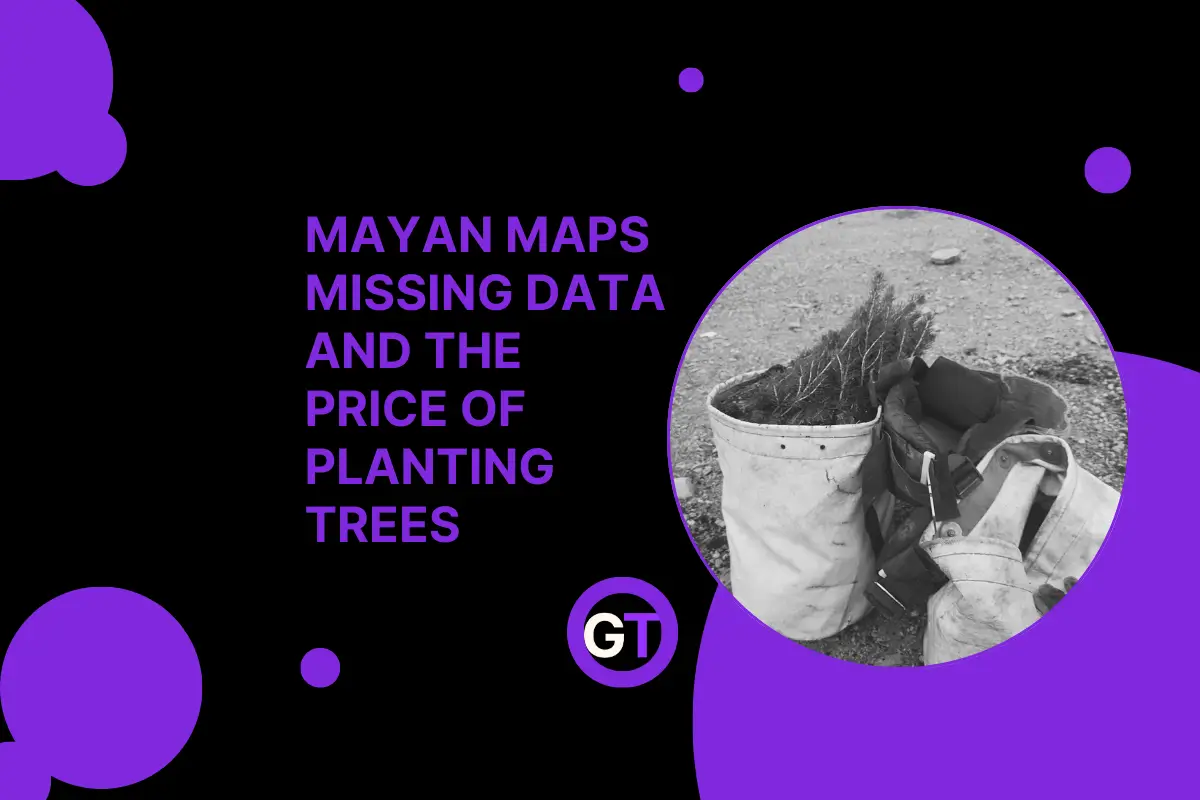
A Global Integrity Check for Reforestation Data
A new dataset tracks over 1.2 million planting sites from 45,000+ reforestation projects worldwide, assessing not just where trees are planted but how reliable that data really is. Researchers introduced the Location Data Integrity Score (LDIS) to flag issues like inaccurate site boundaries or overlapping claims—common weak spots in voluntary carbon market reporting. The study reveals that 79% of sites fail at least one integrity check, while many lack precise geolocation data altogether. With satellite imagery, remote sensing, and AI-backed document analysis, this dataset aims to bring more transparency, accountability, and cross-comparability to a space increasingly under scrutiny.
💬 Will data integrity become the new currency of trust in the carbon offset market?
👉👉 Read more on arXiv
Maine’s Forests, Visualized: A Dashboard for Timber Price Transparency
Maine’s new Stumpage Dashboard is turning 23 years of timber pricing reports into an interactive, insight-rich experience. Built with R Shiny, the tool lets users explore price trends across species, product types, and counties — making it easier for landowners, policymakers, and conservationists to track market changes and inform sustainable forest management. With dynamic visuals and inflation-adjusted metrics, it brings much-needed transparency to a historically opaque market, bridging Maine’s forestry legacy with the data demands of today’s carbon-conscious economy.
💬 Can better pricing data lead to smarter, more equitable decisions across the forest economy?
👉👉 Read more via Arbor Analytics
The Net Zero Land Rush Has a Visibility Problem
To meet their climate targets, countries may need access to up to a billion hectares of land by 2060 — much of it already inhabited or managed by Indigenous Peoples and local communities. A new report from TMG and the Robert Bosch Stiftung warns that land-based carbon offsetting, while promising on paper, risks sidelining those communities when land rights are weak and mapping is opaque. With more than a quarter of Verra projects lacking boundary data, the ability to verify claims — or even know what’s happening where — remains limited. The report calls for transparent, open-access maps as one tool to improve accountability and help ensure that land-based climate solutions don’t come at hidden social costs.
💬 Could a clear map be the first step toward clearer climate justice?
👉👉 Check out our coverage in Ground Truth
14 Million Acres, One Shared Forest: A Cross-Border Pact for the Mayan Jungle
Mexico, Guatemala, and Belize are joining forces to protect over 14 million acres of tropical forest through the newly announced Great Mayan Jungle Biocultural Corridor — the Americas' second-largest reserve after the Amazon. The initiative aims to push out organized crime and halt deforestation, while balancing Indigenous rights and development pressures. Backed by security forces and programs like Mexico’s “Planting Life,” the project emphasizes local community partnerships, an Indigenous advisory council, and a shared commitment to avoid megaprojects like the controversial Maya Train within the reserve. The roadmap, funding, and oversight structure are now in the works, with $6 million in startup financing expected.
💬 Can a tri-national forest agenda balance conservation, security, and community livelihood without repeating past development missteps?
👉👉 Read the full story on AP News
Multimodal Models in the Wild: Can AI Help Save Biodiversity?
AI’s not just tagging your vacation photos anymore — it’s learning to spot giraffe neck tilts and beetle leg angles. This new paper explores how multimodal language models (MLMs) like GPT-4v are changing biodiversity research, offering tools that can ID species, explain behaviors, and even fetch wildlife images from a text prompt. The big sell? These models lower the technical barrier for conservationists and make AI feel a lot less like a black box. The catch? They still need serious compute power, clever prompts, and more open-source support to scale. The call to action: bring coders and conservationists to the same table — fast.
💬 Is the future of fieldwork partly virtual — and will AI’s “good enough” ever be good enough for real-world conservation?
👉👉 Read more via Wiley
Natural Climate Solutions Are Stuck. Here’s Why:
Natural climate solutions (NCS) — think reforestation, wetland restoration, regenerative ag — could deliver a third of the emissions cuts we need by 2030. But reality check: implementation is way behind potential. A new global meta-analysis of 2,480 constraints across 135 countries reveals why. The big three culprits? Lack of funding, poor information, and limp policies. But dig deeper and it’s clear: each region and solution type faces its own messy combo of roadblocks, spanning economic, social, political, and informational barriers. The takeaway? Biophysical potential alone won’t cut it. We need context-specific, equity-minded, and cross-sector strategies — aka less theory, more transdisciplinary hustle.
💬 If natural solutions are this constrained, how do we unlock them before the climate clock runs out?
👉👉 Read the study on PNAS Nexus
Tropical Trees: It's Not Just the Girth, It's the Density
Turns out, when it comes to carbon-storing tropical trees, size isn’t everything. A new study on Cedrela trees across 18 sites in the Amazon, Atlantic Forest, Cerrado, and Caatinga finds that both diameter growth and wood density play shifting roles in biomass production — and ignoring either one skews our climate math. Diameter growth rules the short-term game, while wood density steps up in the long haul, especially in humid forests. The kicker? Most biomass models still overlook radial wood density changes, leaving climate predictions full of holes. The message is clear: we need more nuance, more tree rings, and fewer assumptions.
💬 How much carbon are we missing by not measuring density where it matters most?
👉👉 Read more on Wiley
Birds, Berries, and the Butterfly Effect: How Traits and Landscapes Shape Ecosystem Ripples
What makes one species a local player and another a spatial influencer? A new study from Nature Communications dives into plant-frugivore networks across Aotearoa New Zealand and finds that not all species spread their ecological influence equally. It’s a mix of generalism, ubiquity, body size, and where they hang out. Native birds with big bodies (think kea or kererū) turn out to be key effect propagators, especially in forested hotspots, while patchy, diverse landscapes help buffer against runaway impacts. But it’s not just biology—landscape structure and species traits interact, making some places more ecologically “contagious” than others. The big takeaway? If we want to predict how ecosystem changes ripple across space, we need to follow the networks, not just the species.
💬 Can knowing who’s most “communicable” help us better predict—and maybe even prevent—ecological chain reactions?
👉👉 Read more on Nature
The Climate Case for Planting Trees Has Been Overhyped — But It’s Not Too Late to Fix It
New research shows that reforestation's global potential is real — but much smaller than some headlines suggest. Only 389 million hectares are realistically suitable for replanting, about half the area previously claimed. Even if all that land were reforested, it would only store about 4.9 billion metric tonnes of CO₂ per year — a fraction of the 36 billion tonnes emitted annually from fossil fuels. Most national reforestation pledges come from low-income countries with limited viable land, while wealthier nations with more suitable landscapes have underdelivered. Fixing the mismatch will take stronger commitments from high-income countries, smarter funding, and a clear-eyed view: planting trees can help — but it’s no replacement for cutting emissions.
💬 What practical reforms — from better species choices to smarter funding — could bring reforestation goals back down to earth and closer to climate reality?
👉👉 Read more on The Conversation
Wildfire Smoke Brought Canada’s Worst Air Pollution in 25 Years
A new report from the University of Chicago’s Air Quality Life Index (AQLI) confirms what many in Canada already feared: the 2023 wildfire season didn’t just torch 16 million hectares of forest—it drove air pollution to its highest level since 1998. Average PM2.5 exposure hit 9.2 µg/m³, exceeding national standards and potentially shaving two years off Canadian life expectancy. The report warns that wildfire smoke is undoing decades of clean air progress, with PM2.5 from wildfires possibly 93% more harmful than other sources. With 2025 now the second-worst fire season, experts say the real health toll may be grossly underestimated.
💬 How many more forests must burn before smoke rewrites our forest management playbook?
👉👉 Read more in CBC News
Białowieża Forest at a Crossroads — Again
Poland’s Białowieża Forest, one of Europe’s last and best-preserved old-growth lowland forests, is once again under threat — from logging, political inaction, and border fencing that’s fragmenting critical wildlife habitat. While 36% of the Polish section is protected, the rest remains open to commercial forestry. A new Mongabay commentary argues that the draft Integrated Management Plan now under review offers a rare chance to place the entire UNESCO World Heritage site under lasting protection. With 89% of the Polish public in favor and years of international pressure mounting, all eyes now turn to Prime Minister Donald Tusk’s government: will it side with nature or allow short-term interests to shape one of Europe’s ecological crown jewels?
💬 Will this be the year Białowieża finally gets the protection it’s long been promised?
👉👉 Read more in Mongabay

Edited by Chris Harris

This work is licensed under a
Creative Commons Attribution 4.0 International License.


